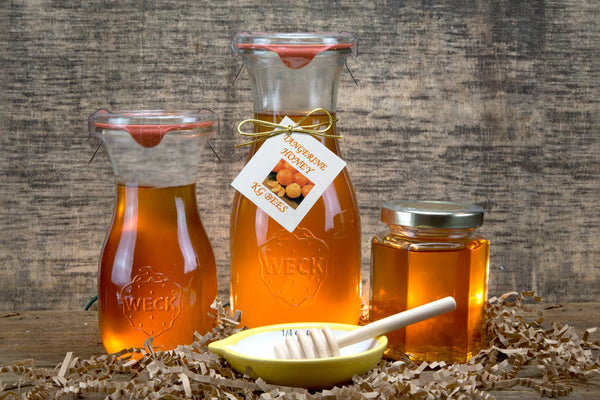

Larger varieties such as ‘Dancy’ can grow to 20 feet tall and half again as wide. Mandarin trees can be tall and upright or weeping and willowlike depending on the variety. Mandarins are easy to peel and to split into segments. Almost all mandarins are easy to peel mandarins are sometimes called loose-skinned oranges or kid-glove oranges because they peel so readily.Ī ripe mandarin will be firm to slightly soft and heavy for its size. Some mandarins are very, very sweet and some are quite tart.
211q honey tangerine full#
Some mandarins are seedless and others are full of seeds. Some are orange, some are yellow-orange, and some are deep orange nearly red. Some mandarins have necks and others don’t. Most mandarins are oblate shaped tending to egg-shaped but some are round. Most mandarins are half the size of an orange or smaller, but some are just as large. The name tangerine is sometimes used for types with red-orange skins. The fruits are usually seedless and may also be called mandarins. The satsuma is a group of cultivars derived from these and is common in Japan. The terms “mandarin” and “tangerine” are used interchangeably, but mandarin is more often used for lighter-colored yellow-orange cultivars and tangerine for those with a deep orange-red rind. Some mandarin oranges are called mandarins, some are called tangerines, and some are called clementines. The mandarin orange is not one citrus fruit but many. The name tangerine and mandarin are often used interchangeably for a group of small orange-like fruits that have an easy-to-peel rind. The mandarin orange ( Citrus reticulata) is a small citrus tree that resembles an orange.


 0 kommentar(er)
0 kommentar(er)
